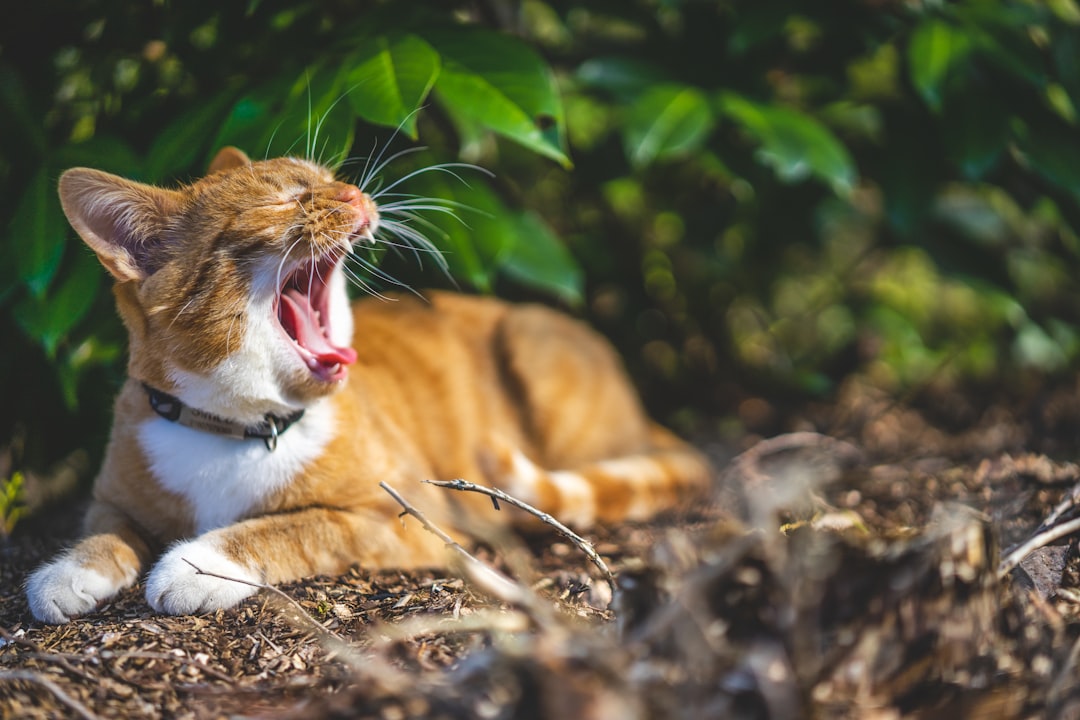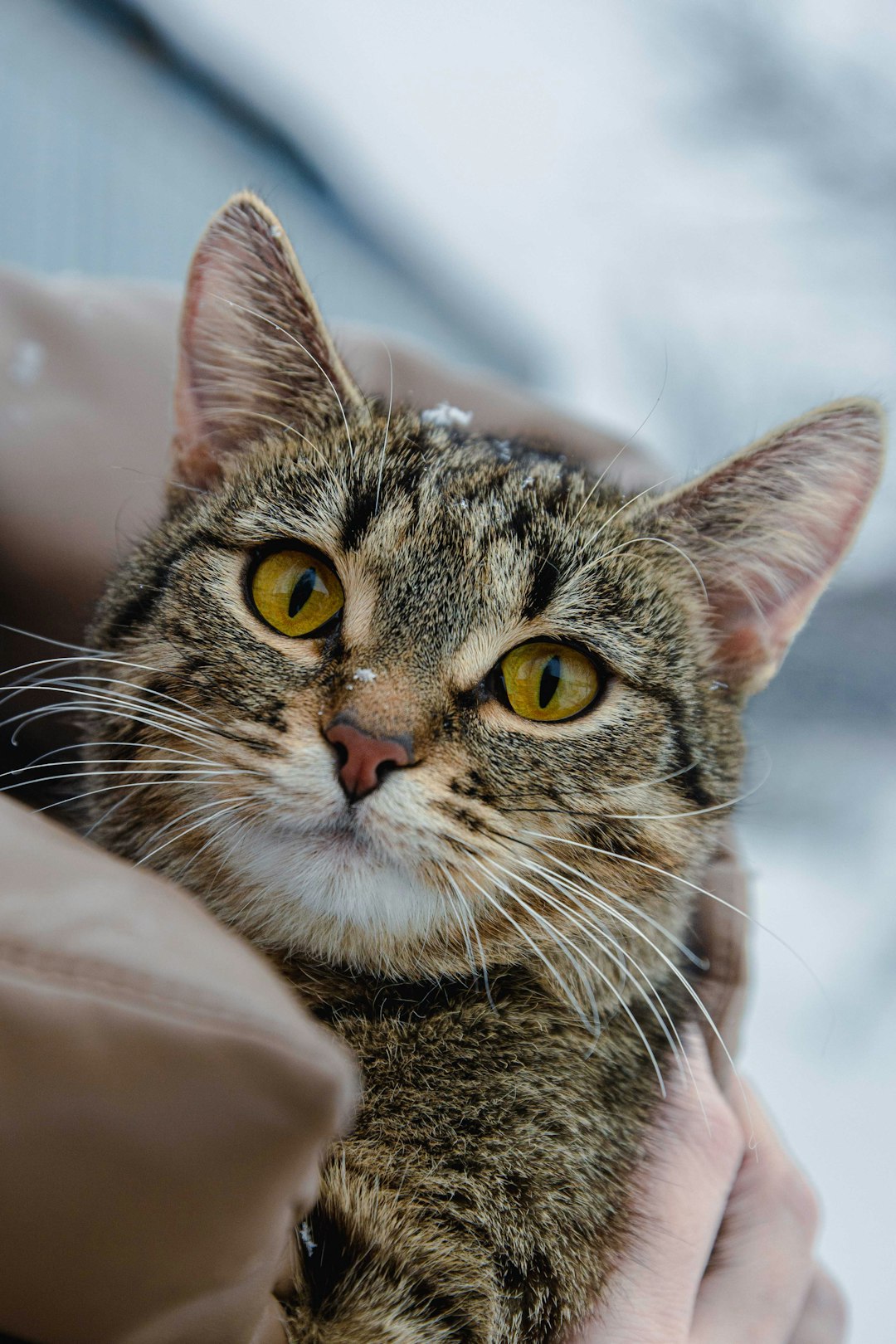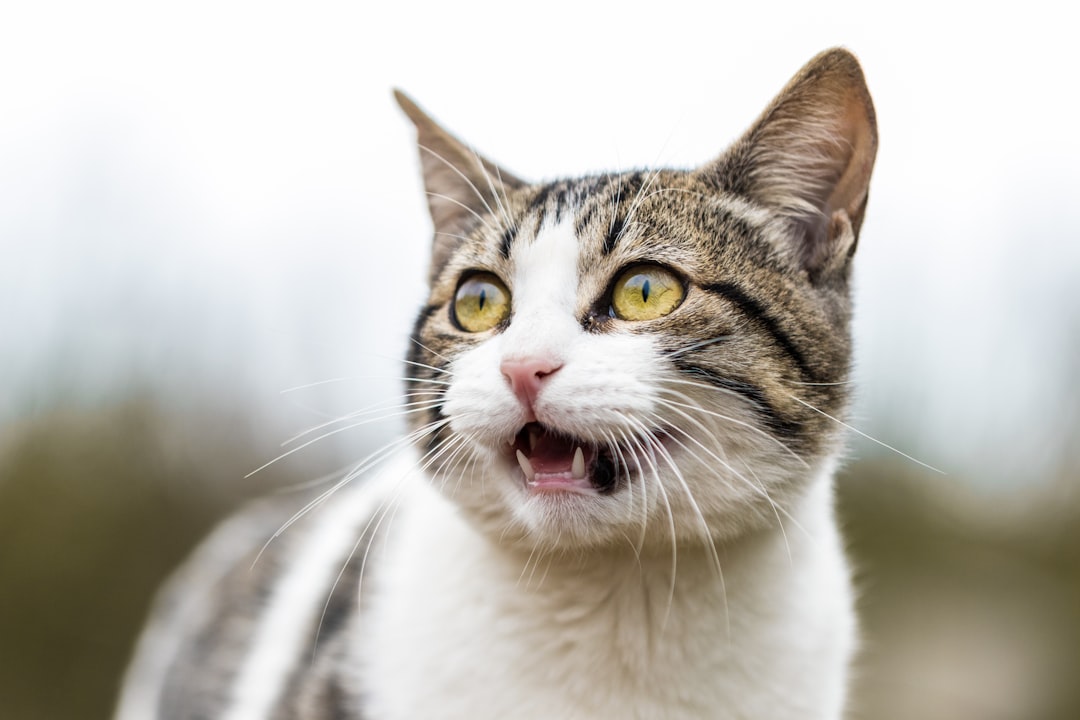Grooming a shaved cat often raises questions among pet owners. Understanding the common reasons behind this practice can help you make informed decisions about your feline friend’s care. Many pet owners choose to shave their cats for various health reasons, aesthetic preferences, or to manage specific grooming challenges. In this post, we’ll explore the multiple facets of grooming, including its health benefits and effective techniques, ensuring that your cat remains comfortable and happy throughout the process.
What is a Shaved Cat?
A shaved cat refers to a feline that has undergone a grooming process where its fur has been cut short or shaved. While this might seem drastic, several reasons justify the decision for this grooming style.
Key Characteristics of a Shaved Cat:
- Length of Fur: The primary distinction lies in the length of fur. Shaved cats exhibit noticeably shorter hair, revealing their skin texture.
- Skin Health: Shaving can help with skin issues by allowing better access for cleaning and treatment.
- Breeds: Certain breeds are more frequently shaved, including Persians and Maine Coons, due to their long, dense coats.
Reasons for Shaving:
- Matting Prevention: Cats with long hair often face challenges with matting, which can lead to discomfort and skin problems.
- Heat Relief: A shaved cat may find relief during hot seasons, as their short fur allows for better airflow and cooling.
In conclusion, understanding what a shaved cat is helps pet owners make informed grooming decisions for their beloved companions.
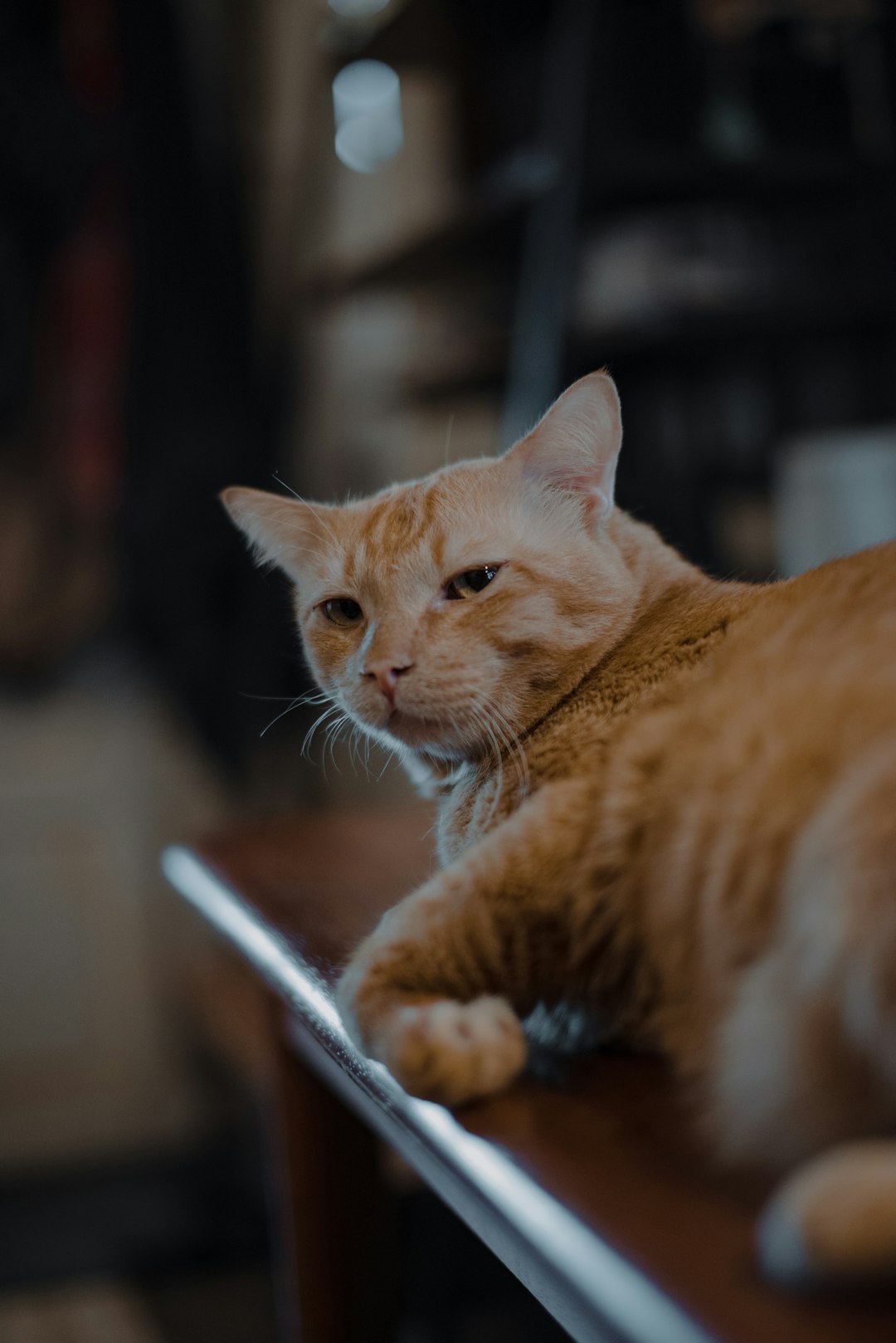
Reasons for Grooming a Cat
Grooming a cat is essential for various reasons, especially when it comes to a shaved cat. Here are some key points to consider:
- Hygiene Maintenance: Regular grooming helps eliminate dirt, debris, and loose hair, keeping your shaved cat clean and healthy.
- Matting Prevention: Long-haired cats can quickly develop mats that pull on the skin. Grooming minimizes this risk, ensuring comfort and ease of movement.
- Health Monitoring: During grooming sessions, you can check for skin issues, lumps, or signs of parasites that require attention.
- Temperature Regulation: A shaved cat can benefit from a summer trim, helping them stay cool in hot weather while still protecting their skin from the sun’s harmful rays.
- Bonding Time: Grooming provides a perfect opportunity to bond and interact with your cat, fostering trust and affection.
By understanding these reasons, cat owners can appreciate the importance of grooming, leading to a healthier and happier shaved cat.
Health Benefits of Grooming
Grooming a shaved cat provides numerous health benefits that go beyond mere aesthetics. Here are some vital advantages:
Improved Skin Health: Regular grooming helps remove dirt, allergens, and dead skin cells, promoting healthier skin for your shaved cat.
Reduced Shedding: By grooming frequently, you can minimize shedding. This is particularly beneficial for maintaining a clean home.
Prevention of Matting: A shaved cat’s fur can become matted if not properly cared for. Regular grooming helps prevent tangling, making it comfortable for your pet.
Detecting Health Issues: Grooming sessions allow you to spot any unusual changes in your cat’s skin or fur early, enabling quicker veterinary intervention if needed.
Enhanced Bonding: Grooming is not just about care; it also strengthens your relationship with your shaved cat, enhancing trust and comfort.
In summary, maintaining a grooming routine for your shaved cat ensures not only its physical health but also a happier, more engaging relationship between you and your furry friend.
Common Grooming Techniques
Grooming a shaved cat involves various techniques to ensure your feline friend remains both comfortable and healthy. Here are the most common grooming methods you can employ:
Brushing: Use a slicker brush or a comb suitable for your cat’s fur type. Regular brushing helps reduce loose hair and prevents matting.
Bathing: Sometimes, a quick bath may be necessary for a shaved cat. Use a gentle cat-specific shampoo to keep the skin and coat healthy.
Trimming: For cats with long fur, regular trims can prevent tangling. If your cat is already shaved, maintain the coat with light trims to keep it manageable.
Nail Clipping: Incorporate nail trimming into your grooming routine. This prevents overgrowth and potential injuries.
Ear Cleaning: Use a cotton ball and vet-approved solution to keep your shaved cat’s ears clean.
By relying on these methods, you’ll help your shaved cat stay comfortable and looking good. Remember, regular grooming not only maintains appearance but also fosters a deeper bond between you and your pet!
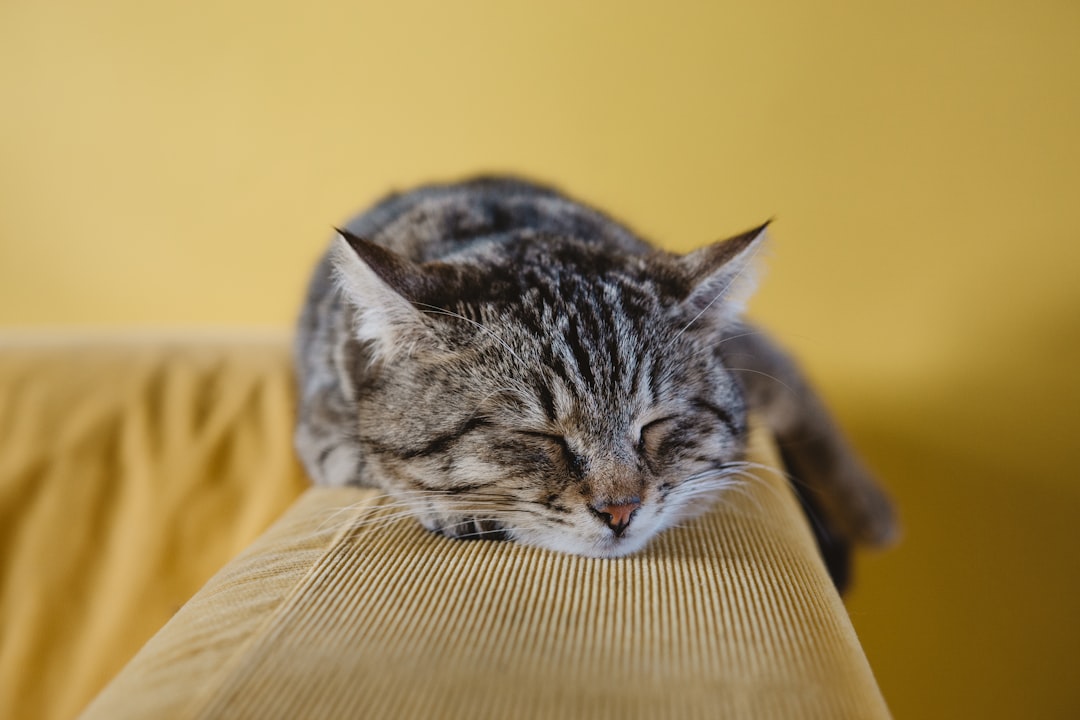
Dealing with Matting and Tangling
Dealing with mats and tangles in your cat’s fur can be a daunting task, especially if you have a long-haired breed. For a shaved cat, regular grooming helps reduce these issues but sometimes the matting can occur unexpectedly.
Here are some effective strategies to manage matting and tangling:
- Regular Grooming: Consistent brushing prevents mats before they form. Aim for:
- Long-haired cats: 2-3 times a week
- Short-haired cats: Once a week
- Use the Right Tools: Invest in quality grooming tools, such as:
- Wide-toothed combs for detangling
- Slicker brushes for removing loose fur
- Dissolve the Mats: Apply a detangling spray or conditioner to loosen the mats.
In cases of severe matting, consider the following options:
- Professional Help: A groomer can expertly handle severe tangles, often leading to a shaved cat if needed.
- Shaving: If matting is extensive, shaving may be the best route to prevent discomfort for your cat.
By being proactive, you can keep your cat’s coat healthy and reduce the need for a drastic shaved cat grooming option.
Understanding Cat Allergies
Allergies in cats can significantly influence the grooming process, especially for a shaved cat. Here are some key points to consider:
Types of Allergies:
- Environmental: Dust, pollen, mold.
- Food: Certain proteins or fillers in pet food.
- Fleas: A common allergy causing severe irritation.
Signs of Allergies:
- Itching and scratching.
- Red, inflamed skin.
- Excessive grooming or a shaved cat may reveal patches of raw skin.
Impact on Grooming:
- Allergies can cause matting and tangling, making it essential to groom your shaved cat more frequently.
- Avoid irritants during grooming. Use hypoallergenic products to ease discomfort.
Consult Your Veterinarian:
- If your cat experiences allergic reactions, it’s vital to seek veterinary advice. An expert can recommend suitable grooming methods and treatments.
Understanding how allergies affect your shaved cat helps ensure better grooming practices, leading to a healthier and happier feline friend.
Post-Grooming Care Tips
After grooming your cat and transforming them into a stylish shaved cat, it’s essential to maintain their well-being. Here are some effective post-grooming care tips to ensure your furry friend remains comfortable and happy:
Monitor Skin Condition: Check for any redness or irritation on the shaved areas. If you notice any concerns, consult your veterinarian.
Hydrate: Make sure your cat has access to fresh water, as grooming can sometimes lead to slight dehydration.
Warm Up: A freshly shaved cat may feel cooler. Ensure they have a cozy blanket or a warm spot to relax.
Avoid Sun Exposure: Shaved skin is more vulnerable. Limit outdoor time, especially in direct sunlight, to prevent sunburn.
Gentle Touch: When petting your cat, do so gently to avoid irritating their sensitive skin.
By following these tips, your shaved cat can enjoy the benefits of grooming while staying healthy and content.
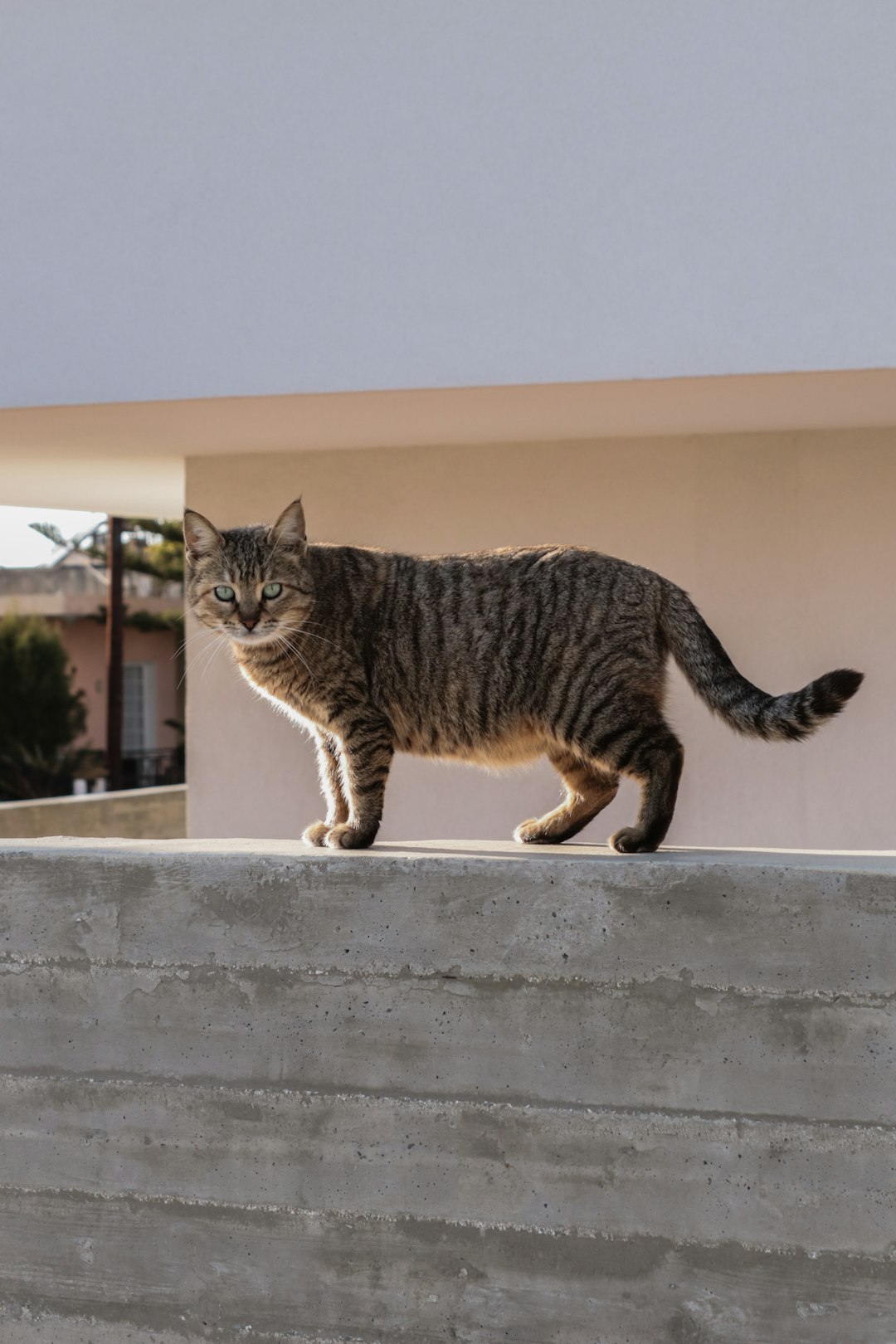
Choosing the Right Grooming Professional
Finding the right groomer for your shaved cat is crucial for a positive grooming experience. Here are some key considerations to keep in mind:
Experience and Credentials: Look for groomers with experience specifically in handling cats. Certification in pet grooming is a plus.
Cat-Specific Services: Ensure the groomer offers specialized services for cats, such as de-shedding and dealing with matted fur, which is especially important for a shaved cat.
Facility Environment: Visit the grooming salon to assess its cleanliness and the overall atmosphere. A calm and friendly environment is vital for your cat’s well-being.
Reviews and Recommendations: Seek out referrals from other pet owners or read online reviews to gauge the groomer’s reputation.
Communication: A good groomer should willingly discuss the grooming process, addressing any concerns you may have about your shaved cat.
By thoroughly vetting potential groomers, you can ensure your beloved cat receives the best possible care during their grooming sessions.
Frequently Asked Questions
Why do cat owners choose to shave their cats?
Cat owners may choose to shave their cats for various reasons, including to manage excessive shedding, reduce matting in long-haired breeds, or for hygienic purposes. Shaving can also help alleviate problems caused by allergies in owners or other household members. Additionally, certain skin conditions may necessitate shaving to provide better access for treatment or to help the cat feel more comfortable in hot weather. Ultimately, each decision is made in consideration of the cat’s well-being.
Is shaving harmful to a cat’s health or coat?
Shaving is generally not harmful to a cat’s health when done correctly and for appropriate reasons. However, it’s important to note that a cat’s coat serves as a natural insulator for both heat and cold, and shaving can disrupt this balance. Furthermore, improper shaving techniques can lead to skin irritations or cuts. Always consult with a professional groomer or veterinarian to discuss the best grooming practices that suit your cat’s unique needs.
How often should a cat be shaved or groomed?
The frequency of shaving or grooming a cat largely depends on the breed, coat type, and individual needs. Long-haired breeds may require more frequent grooming, potentially every 4-6 weeks, to prevent matting and tangling. Short-haired cats might need less frequent grooming, but regular brushing is recommended to reduce shedding. If a full shave is recommended for health or comfort reasons, this should be discussed with a veterinarian to determine an appropriate schedule.
What should I consider before shaving my cat?
Before deciding to shave your cat, consider their temperament, the time of year, and possible health implications. Cats with anxious dispositions may become stressed during the grooming process, leading to a negative experience for both the pet and owner. Moreover, shaving during the warmer months can expose them to sunburn, as their skin is sensitive. Always consult with a veterinarian or a professional groomer to ensure that shaving is the best option for your cat’s specific situation.

